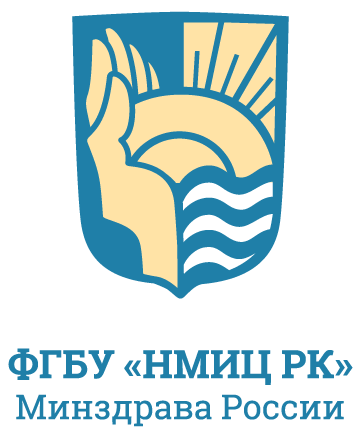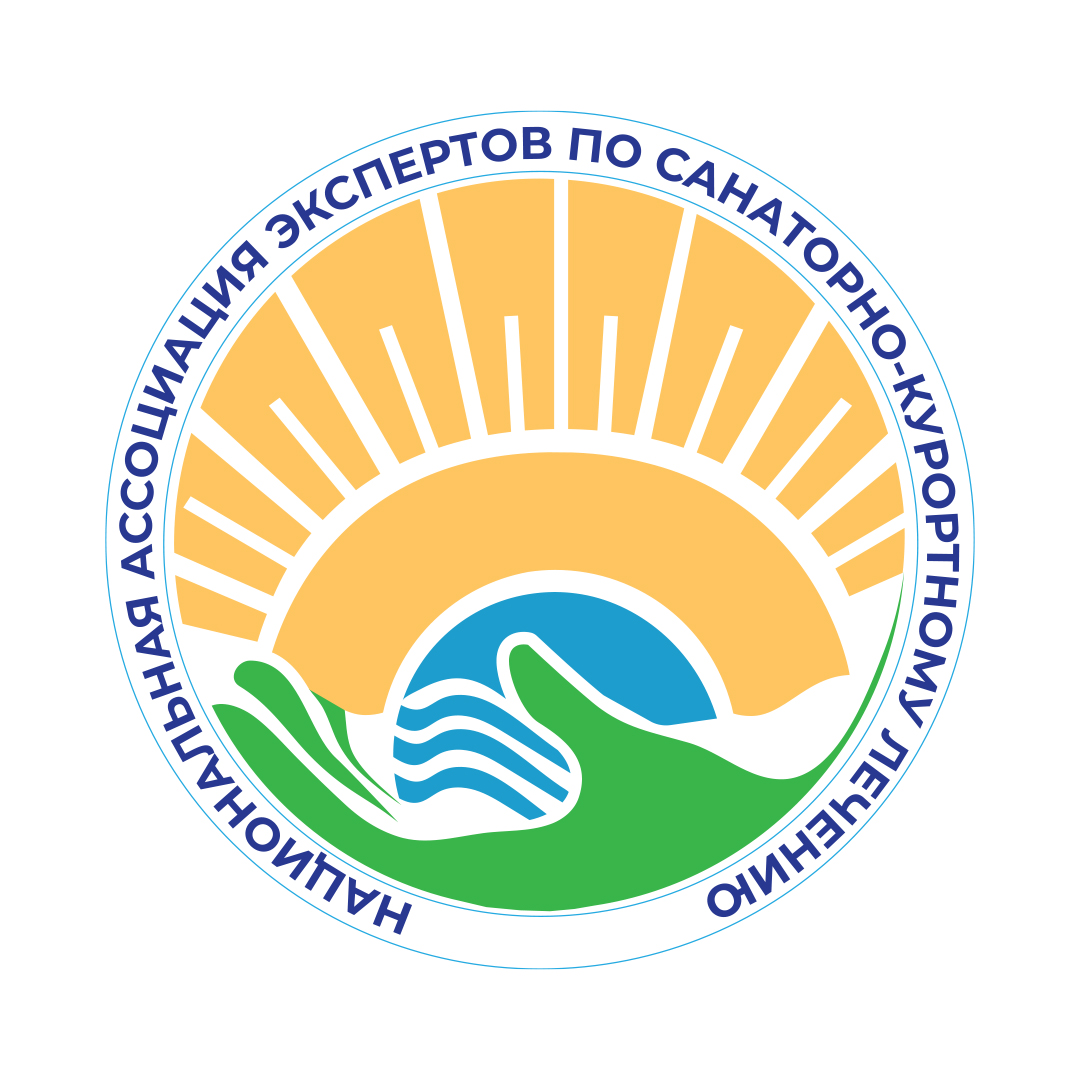Issue 5-22, 2023
Original article
Effectiveness and Safety of Robotic Mechanotherapy with FES and VR in Restoring Gait and Balance in the Acute and Early Rehabilitation Period of Ischemic Stroke: Prospective Randomized Comparative Study
1 ![]() Gleb M. Lutokhin, 1
Gleb M. Lutokhin, 1 ![]() Alim G. Kashezhev, 1
Alim G. Kashezhev, 1 ![]() Irena V. Pogonchenkova, 1
Irena V. Pogonchenkova, 1 ![]() Marina A. Rassulova, 1
Marina A. Rassulova, 1 ![]() Elena A. Turova, 1
Elena A. Turova, 1 ![]() Yuliya V. Utegenova, 1
Yuliya V. Utegenova, 1 ![]() Anna V. Shulkina, 1
Anna V. Shulkina, 1 ![]() Roman I. Samokhvalov
Roman I. Samokhvalov
1Moscow Centre for Research and Practice in Medical Rehabilitation, Restorative and Sports Medicine of Moscow Healthcare Department, Moscow, Russia
ABSTRACT
INTRODUCTION. Impaired gait and balance after a stroke significantly affect patients' daily activities and quality of life. Robotic mechanotherapy and virtual reality technologies are actively studied and used to restore lower limb muscle strength, balance and gait pattern.AIM. To assess the effectiveness and safety of rehabilitation using robotic mechanotherapy (exoskeleton) with functional electrical stimulation (FES) and virtual reality (VR) technology with plantar stimulation in the restoration of gait and balance disorders in patients in acute and early recovery periods of ischemic stroke.
MATERIAL AND METHODS. Men and women aged 39 to 75 with ischemic stroke in acute and early recovery periods with gait impairment and lower limb paresis from 0 to 4 MRC scores. The patients were randomized using the envelope method into 4 groups: Group 1 (33 people) — exoskeleton with FES, Group 2 (32 people) — combined application of robotic mechanotherapy with FES and VR with plantar stimulation, Group 3 (35 people) — VR with plantar stimulation, Control group (30 people) — conventional training.
RESULTS. Group 2 and 3 had significantly greater increases in muscle strength in the hip extensors, tibia flexors and flexors of the foot compared to the control group. Patients in the main groups also had a significant improvement in Tinetti Walking and balance Scale at follow-up. The analysis of the stabilometry results on the first and last day of the study revealed a decrease in the area of the statokinesiogram in the main groups both in the intragroup comparison and in the comparison with the control group.
DISCUSSION AND CONCLUSION. Exoskeleton gait training with FES and exercises on a VR with plantar stimulation, as well as combined use of these techniques allowed to achieve better recovery of lower limb muscle strength, walking functions and balance in patients in acute and early rehabilitation periods of stroke. This is probably due to the large number of steps or their imitation performed by the patient during rehabilitation sessions, which leads to activation of neuroplasticity and better recovery. The study demonstrated the safety and efficacy of an exoskeleton interval training system that prevents the development of orthostatic hypotension in patients in the acute period of ischemic stroke.
KEYWORDS: robotic mechanotherapy, functional electrical stimulation, virtual reality, medical rehabilitation, neurorehabilitation, stroke, gait rehabilitation, balance rehabilitation
FUNDING: The study had no sponsorship.
CONFLICT OF INTEREST: The authors declare no apparent or potential conflicts of interest related to the publication of this article.
FOR CITATION: Lutokhin G.M., Kashezhev A.G., Pogonchenkova I.V., Rassulova M.A., Turova E.A., Utegenova Y.V., Shulkina A.V., Samokhvalov R.I. Effectiveness and Safety of Robotic Mechanotherapy with FES and VR in Restoring Gait and Balance in the Acute and Early Rehabilitation Period of Ischemic Stroke: Prospective Randomized Comparative Study. Bulletin of Rehabilitation Medicine. 2023; 22(5): 22-29. https://doi.org/10.38025/2078-1962-2023-22-5-22-29
FOR CORRESPONDENCE:
Gleb M. Lutokhin, E-mail: gleb.lutohin@gmail.com, khodakovals@zdrav.mos.ru
References:
- Erbil D., Tugba G., Murat T.H. et al. Effects of robot-assisted gait training in chronic stroke patients treated by botulinum toxin-a: A pivotal study.
Physiotherapy Research International. 2018; 23(3): e1718. https://doi.org/10.1002/pri.1718
-
Mayr A., Quirbach E., Picelli A. et al. Early robot-assisted gait retraining in non-ambulatory patients with stroke: a single blind randomized controlled trial. European Journal of Physical and Rehabilitation Medicine. 2018; 54(6): 819–826. https://doi.org/10.23736/S1973-9087.18.04832-3
-
Li Y., Fan T., Qi Q. et al. Efficacy of a Novel Exoskeletal Robot for Locomotor Rehabilitation in Stroke Patients: A Multi-center, Non-inferiority, Randomized Controlled Trial. Frontiers in Aging Neuroscience. 2021; (13): 706569. https://doi.org/10.3389/fnagi.2021.706569
-
Rosenblum David. Stroke Recovery and Rehabilitation. American Journal of Physical Medicine & Rehabilitation. 2010; 89(8): 687 p. https://doi.org/10.1097/PHM.0b013e3181e722c8
-
Khatkova S.E., Kostenko E.V., Akulov M.A. et al. Modern aspects of the pathophysiology of walking disorders and their rehabilitation in post-stroke patients. Zhurnal Nevrologii i Psikhiatrii imeni S.S. Korsakova. 2019; 119(122): 43–50. https://doi.org/10.17116/jnevro201911912243 (In Russ.).
-
Chung B.P.H. Effectiveness of robotic-assisted gait training in stroke rehabilitation: A retrospective matched control study. Hong Kong Physiotherapy Journal. 2017; (36): 10–16. https://doi.org/10.1016/j.hkpj.2016.09.001
-
Laver K.E., Lange B., George S. et al. Virtual reality for stroke rehabilitation. Cochrane Database of Systematic Reviews. 2017; 11(11): CD008349. https://doi.org/10.1002/14651858.CD008349.pub4
-
Teasell R.W., Murie Fernandez M., McIntyre A., Mehta S. Rethinking the continuum of stroke rehabilitation. Archives of Physical Medicine and Rehabilitation. 2014; 95(4): 595–596. https://doi.org/10.1016/j.apmr.2013.11.014
-
Lamberti N., Manfredini F., Lissom L.O. et al. Beneficial Effects of Robot-Assisted Gait Training on Functional Recovery in Women after Stroke: A Cohort Study. Medicina. 2021; 57(11): 1200. https://doi.org/10.3390/medicina57111200
-
Van Peppen R.P., Kwakkel G., Wood-Dauphinee S. et al. The impact of physical therapy on functional outcomes after stroke: what's the evidence? Clinical Rehabilitation. 2004; 18(8): 833–862. https://doi.org/10.1191/0269215504cr843oa
-
Bequette B., Norton A., Jones E., Stirling L. Physical and Cognitive Load Effects Due to a Powered Lower-Body Exoskeleton. Human Factors: The Journal of the Human Factors and Ergonomics Society. 2020; 62(3): 411–423. https://doi.org/10.1177/0018720820907450
-
Resquín F., Cuesta Gómez A., Gonzalez-Vargas J. et al. Hybrid robotic systems for upper limb rehabilitation after stroke: A review. Medical Engineering & Physics. 2016; 38(11): 1279–1288. https://doi.org/10.1016/j.medengphy.2016.09.001
-
Laffont I., Bakhti K., Coroian F. et al. Innovative technologies applied to sensorimotor rehabilitation after stroke. Annals of Physical and Rehabilitation Medicine. 2014; 57(8): 543–551. https://doi.org/10.1016/j.rehab.2014.08.007
-
Vaughan-Graham J., Brooks D., Rose L. et al. Exoskeleton use in post-stroke gait rehabilitation: a qualitative study of the perspectives of persons post- stroke and physiotherapists. Journal of NeuroEngineering and Rehabilitation. 2020; 17(1): 123. https://doi.org/10.1186/s12984-020-00750-x
-
Demain S., Burridge J., Ellis-Hill C. et al. Assistive technologies after stroke: self-management or fending for yourself? A focus group study. BMC Health Services Research. 2013; (13): 334. https://doi.org/10.1186/1472-6963-13-334
-
Hobbs B., Artemiadis P. A Review of Robot-Assisted Lower-Limb Stroke Therapy: Unexplored Paths and Future Directions in Gait Rehabilitation.Frontiers in Neurorobotics. 2020; (14): 19. https://doi.org/10.3389/fnbot.2020.00019
-
17. Ponomarenko G.N. (Ed.) Fizioterapiya: nacional'noe rukovodstvo. Moscow: GEOTAR-Media. 2013. 864 с. (Series «National Guidelines»)
-
Lutokhin G.M., Kashezhev A.G., Rassulova M.A. et al. Implementation of robotic mechanotherapy for movement recovery in patients after stroke. Voprosy kurortologii, fizioterapii, i lechebnoi fizicheskoi kultury. 2022; 99(5): 60–67. https://doi.org/10.17116/kurort20229905160 (In Russ.).
-
Kim H., Park G., Shin J.H., You J.H. Neuroplastic effects of end-effector robotic gait training for hemiparetic stroke: a randomised controlled trial Scientific Reports. 2020; 10(1): 12461. https://doi.org/10.1038/s41598-020-69367-3
-
Mizukami M., Yoshikawa K., Kawamoto H. et al. Gait training of subacute stroke patients using a hybrid assistive limb: a pilot study. Disability and Rehabilitation: Assistive Technology. 2017; 12(2): 197–204. https://doi.org/10.3109/17483107.2015.1129455
-
Tan C.K., Kadone H., Watanabe H. et al. Lateral Symmetry of Synergies in Lower Limb Muscles of Acute Post-stroke Patients After Robotic Intervention. Frontiers in Neuroscience. 2018; (12): 276 p. https://doi.org/10.3389/fnins.2018.00276
-
Molteni F., Gasperini G., Gaffuri M. et al. Wearable robotic exoskeleton for overground gait training in sub-acute and chronic hemiparetic stroke patients: preliminary results. European Journal of Physical and Rehabilitation Medicine. 2017; 53(5): 676–684. https://doi.org/10.23736/S1973-9087.17.04591-9
-
Murray S.A., Ha K.H., Hartigan C., Goldfarb M. An assistive control approach for a lower-limb exoskeleton to facilitate recovery of walking following stroke. IEEE Transactions on Neural Systems and Rehabilitation Engineering. 2015; 23(3): 441–449. https://doi.org/10.1109/TNSRE.2014.2346193
-
Li L., Ding L., Chen N. et al. Improved walking ability with wearable robot-assisted training in patients suffering chronic stroke. Bio-Medical Materials and Engineering. 2015; 26(1): S329–S340.
-
Hassan M., Kadone H., Ueno T. et al. Feasibility of Synergy-Based Exoskeleton Robot Control in Hemiplegia. IEEE Transactions on Neural Systems and Rehabilitation Engineering. 2018; 26(6): 1233–1242. https://doi.org/10.1109/TNSRE.2018.2832657
-
Jayaraman A., O'Brien M.K., Madhavan S. et al. Stride management assist exoskeleton vs functional gait training in stroke: A randomized trial. Neurology. 2019; 92(3): e263–e273. https://doi.org/10.1212/WNL.0000000000006782

The content is available under the Creative Commons Attribution 4.0 License.
©
This is an open article under the CC BY 4.0 license. Published by the National Medical Research Center for Rehabilitation and Balneology.




